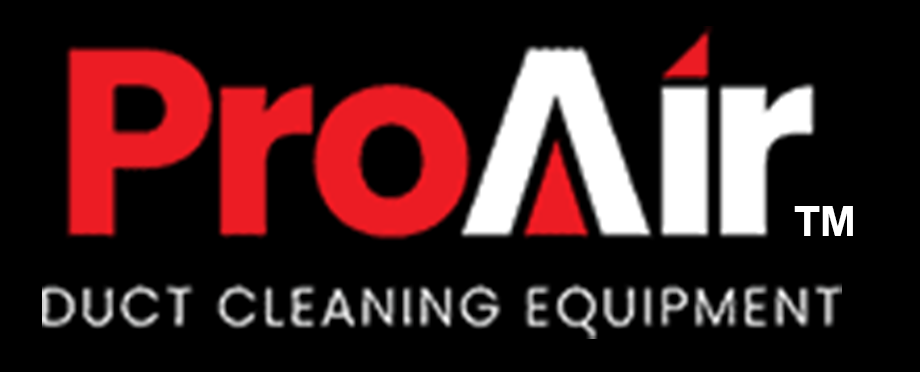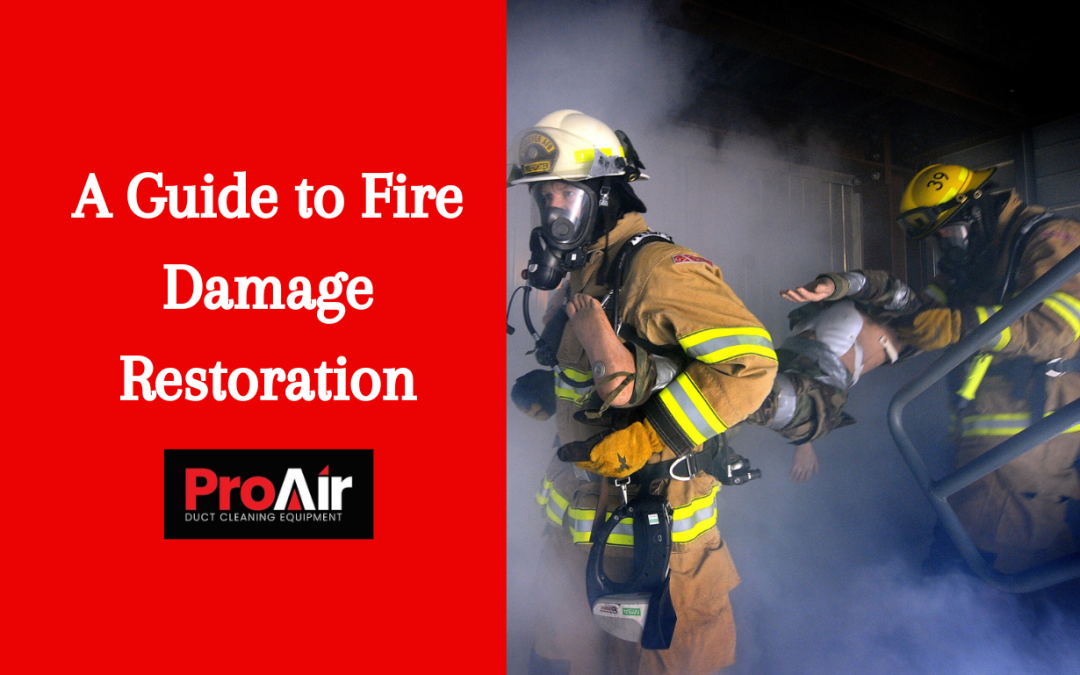Fire damage is a devastating experience and its restoration process can prove to be overwhelming for the building owners. Fire damage affects many different areas of a building including HVAC ductwork. It causes smoke to enter the air duct system, which is hazardous for the lungs and other respiratory organs.
Fire damage in air ducts can arise various problems like bad odor, growth of molds, poor air quality, etc. Are you looking for a guide to fire damage restoration in air ducts? Continue reading this article to know about a detailed guide to fire damage restoration.
What is Fire Damage Restoration in HVAC Ducts?
There are two types of fire/smoke damage caused to an HVAC ductwork namely, passive and active smoke damage. Smoke entering the ductwork when it is switched off leads to passive smoke damage. On the other hand, when the smoke circulates in the ductwork when it is in the working position leads to active smoke damage.
Fire damage restoration is the process of restoring the ductwork to its original state. It includes multiple steps, starting from the damage assessment to meeting the prevention measures. It also includes the repair and replacement of damaged parts.
Step-by-Step Procedure to Fix Fire Damage
Fire damage in HVAC air ducts can affect the air quality and also lead to the risk of respiratory issues and various injuries. Fire restoration is a complicated and time-taking procedure. We have mentioned important steps of the fire damage restoration procedure for your reference below:
Safety Measures
Safety is necessary to take care of while working with machines and the same goes with air ducts. Hence, taking care of safety measures is the first step while starting the fire damage restoration process in air ducts. It includes disconnecting all the electrical wiring and other hazardous connections.
Damage Assessment
After checking with the safety measures, move ahead to the damage assessment. Damage assessment is one of the major steps when starting with the damage restoration procedure. It allows you to calculate the extent of fire damage. Moreover, it helps you to measure the depth of smoke penetration. Damage assessment can give you a clearer view about the devices that you might require during the restoration and cleaning process.
You can easily determine the faulty parts of the ductwork that need to undergo any repair or replacement by a thorough damage assessment. It also involves some air quality testing to determine the air quality and ensure safety.
Cleaning
The next step involves thorough air duct cleaning. You need to use vacuums and specialized brushes to remove the dirt and debris stuck inside the ductwork. The cleaning procedure involves three steps – return duct cleaning, air handler cleaning, and supply ducting cleaning.
Return Duct Cleaning: The return duct is the dirtiest part of the ductwork as it is placed above the filtration system. It pulls outside air into the air handler and hence airborne dust particles get stuck into it. Therefore, it requires thorough cleaning with the help of a duct cleaning whip.
Air Handler Cleaning: Air handler involves various electrical components like a blower, fan, heating equipment, and A/C coils. Air blasting proves to be one of the most preferable methods for air handler cleaning.
Supply Duct Cleaning: The supply duct is responsible for circulating the air in different rooms. Hence, it is highly responsible for maintaining the air circulating.
Odor Removal
The next step involves the thorough removal of smoke odors. Bad odor makes it difficult to breathe and also affects respiratory organs. You can easily neutralize these odors by oxidation. It is one of the most effective and preferable methods of odor removal.
The following are the two most powerful odor-neutralization methods:
- Ozone Odor Neutralization
- Chlorine Dioxide Odor Neutralization
Repair & Replacement
The next step involves the repair and replacement of the faulty parts and elements of the ductwork. If you found any malfunctioning part during the damage assessment, you can perform its repair work after the thorough cleaning of the ductwork. Always make sure to repair and seal the holes and cracks to prevent air leaks and maintain fresh air quality.
Air Quality Testing
Many harmful pollutants like carbon monoxide and volatile organic compounds take birth inside the ductwork after fire. Air quality testing of HVAC air ducts is necessary to ensure the safety of the residents against these harmful pollutants. It provides safe breathing and prevention from future risks of respiratory issues.
Prevention Measures
Taking preventative measures is the final step of the fire damage restoration procedure. You must ensure to install smoke detectors and a fire suppression system to prevent future fire damage. Apart from this, you should perform regular inspections and maintenance of the ductwork.
Conclusion
Air duct system requires regular cleaning and maintenance for good indoor air quality. Fire damage can cause air contamination and may result in downgrading indoor air quality. Therefore, you must make sure that you don’t miss any major steps during the fire damage restoration in the HVAC air ducts.
Moreover, it is not a DIY procedure that’s why you must ensure to take professional services to get rid of all the mess. An experienced professional restoration company will help you get over the challenges associated with fire damage restoration. Professional guidance will help you to get the right job done without much expenditure.

